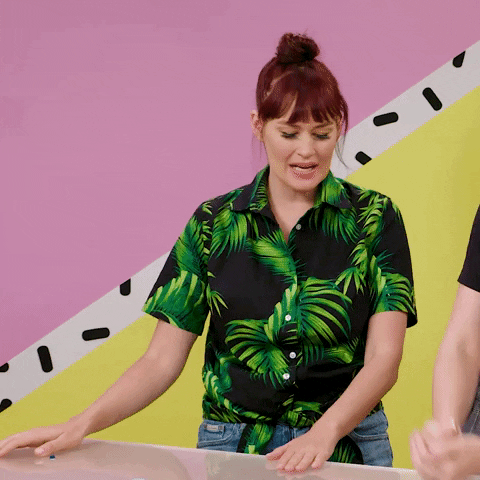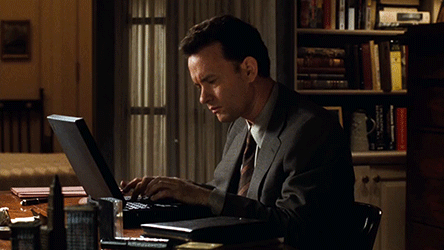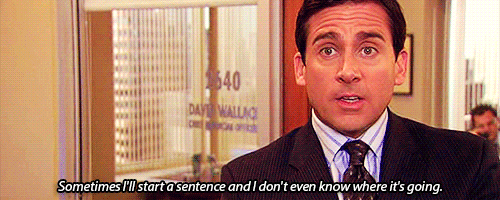Writing isn’t easy. It takes time to craft the perfect sentence, to proofread, to revise, edit, and polish. And often, the way you write can often be shaped where you’re writing. As an educator, or a communications professional, you’ll write differently in a blog post than you would in a monthly update to community members and colleagues. It’s a hard balance, we get it. After all, here at Smore, we do quite a bit of writing ourselves — whether on our website, on socialmedia, in our emails, or on our blog (meta!). That’s why we’ve made a quick list of tips that will help you write better anywhere — and especially in your newsletters. ⬇️
👥 Write for Your Audience
Think seriously about who you’re writing for. Are you sending a newsletter to parents? A summer reading list to students? An update to stakeholders?

Everything from word choice to sentence length to emoji use is shaped by the person who opens your email or reads your content. Before you start writing, take fifteen seconds to think about what kind of wording makes sense for the person with whom you’ll be communicating.
📝 Stop trying to write and just write
Sometimes, it can be hard to find the opening sentence (or even the opening word!). What can often be helpful is to just start writing.
Even if you know you’ll probably end up deleting or revising what you’ve written, it’s helpful to just begin the writing process with something, anything. But if that doesn’t work for you…

👩💻 Begin with the second sentence
Because it’s easy to sometimes get stuck on the first sentence of your work, tell yourself that you’re starting with the second sentence. It’s a neat mental trick to avoid the “writer’s block” of the first sentence. Tell yourself that you’re starting with the second sentence. It’s a neat mental trick to avoid the “writer’s block” of the first sentence.
That may or may not have been how we started this blog post!

😺 Embrace Visuals (where appropriate)
As an English major, I was initially shunned a little wary of visual elements like emoji, GIFs, and YouTube clips thinking that I was betraying my bona fides. But I recall reading that visuals like this function as a way of providing additional cues or context to one’s writing, much the same way a grin or a frown or an eye roll provides context to real-world interactions.
That little tidbit changed my perspective. At Smore, we’ll often use emoji or GIFs to convey, perhaps, a little more nuance in a little less time! (it’s also especially helpful on Twitter).
1/ Happy #PiDay, y'all! 🥧 We wanted to share some of the amazing math-related content that educators are making on Smore. Check 'em out below! They're all from the Hive, our home for great, educational Smore newsletters created by folks like you! ⬇️
— Smore (@SmoreNewsletter) March 14, 2019
Remember, though, to use them judiciously. An email to school board members may not be the ideal place for a Gilmore Girls clip, unless you’re the principal of Stars Hollow Elementary.

📣 Less is More
People are busy, and there’s a good chance the person whom you’re emailing will ready your email while having lunch or cleaning the house or watching Netflix while also on the treadmill.
- Distill nuanced or important info into bullet points, so that even if they just gloss over details…
- The important stuff will be obvious.
- You an also use bold or italics to naturally draw the eye to certain elements.

🏁 End with Something Unique
An easy way to ensure that people are really “getting”what you’re writing is to use the “tools” at your disposal. Use things like rich text, funky fonts, memes, buttons, and the like, to make sure your readers are drawn toward your takeaway message!

